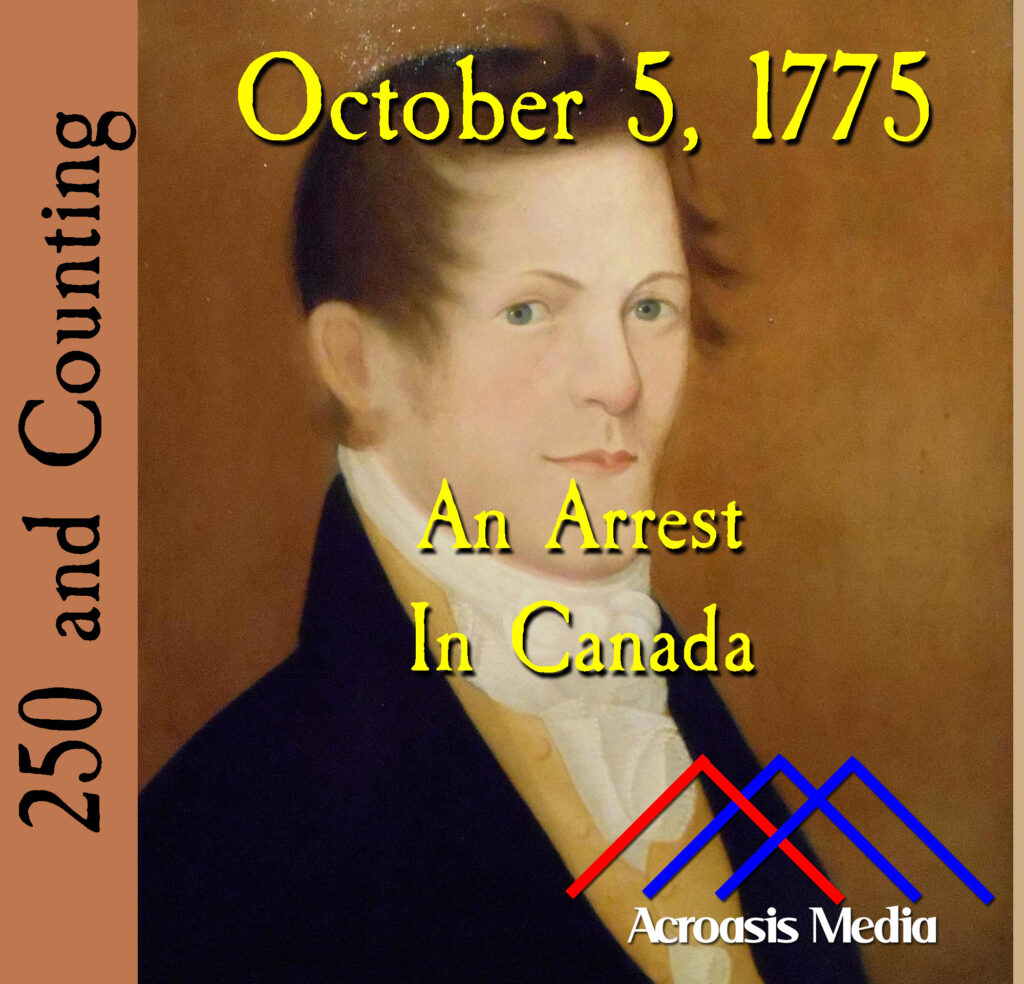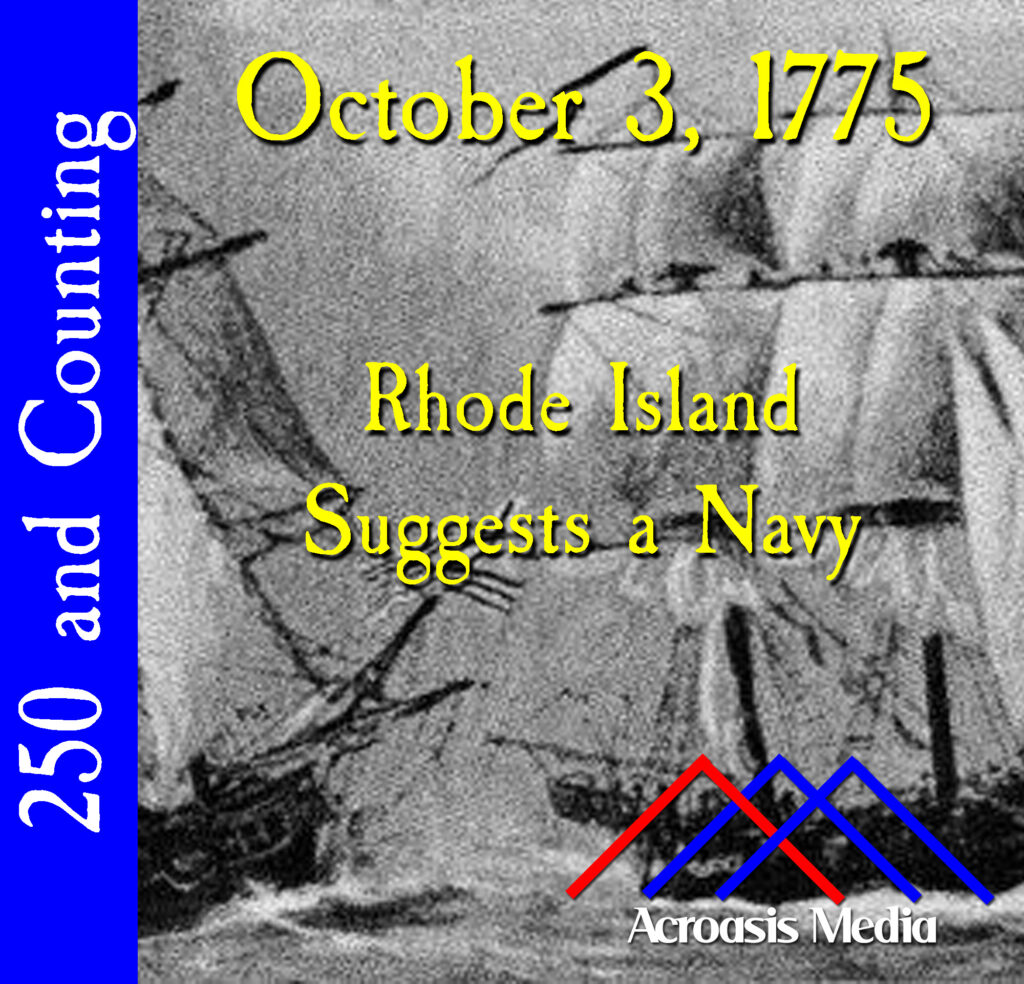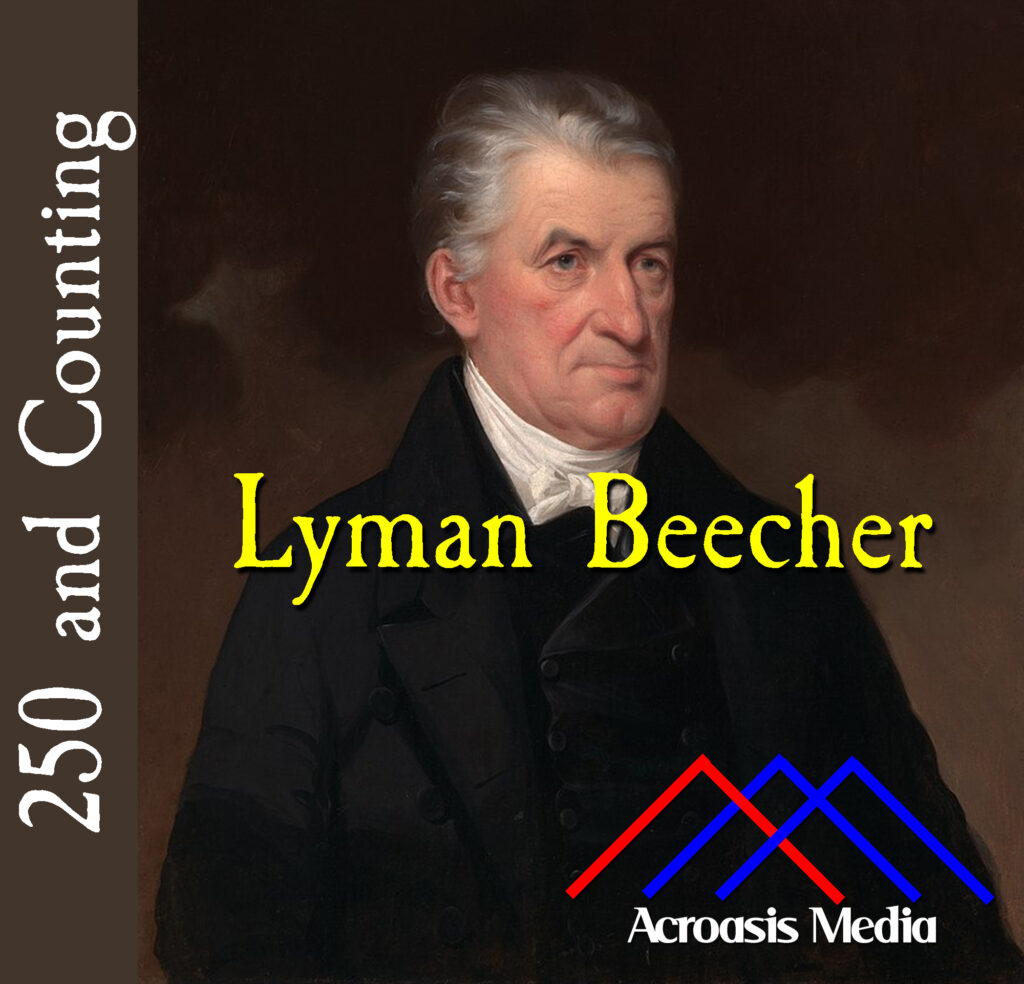
Although Lyman Beecher could be considered famous just for being the father of several prominent writers and ministers, he also had some achievements in his own right.
Beecher first became known for a sermon which was published shortly afterward on the evils of duelling. Because it was in the wake of Alexander Hamilton’s death, it proved quite popular.
Beecher next turned his eyes to intemperance, which is what intoxication was called at the time. It was a concern throughout America in the mid 1820s, so he delivered and published a half-dozen sermons which sold very well in America and in Europe. Those sales continued well into the 1870s.
By the time Beecher arrived at Lane Seminary in the early 1830s, slavery was coming to the fore as an important social topic. While he was an abolitionist at heart, his public stance was with colonization: the freeing of slaves and then moving them to start a colony in West Africa. (This is where Liberia got its start, incidentally.) Unfortunately, a multi-day public debate about colonization morphed into a discussion of abolitionism, and many students left the school altogether in protest.
Shortly after that, his views on changes in the church led to accusations of heresy, which he successfully defended. However, the seminary was left gutted and he moved back to New York to live with his son Henry in Brooklyn, where he remained until his death.
Podcast: Play in new window | Download | Embed
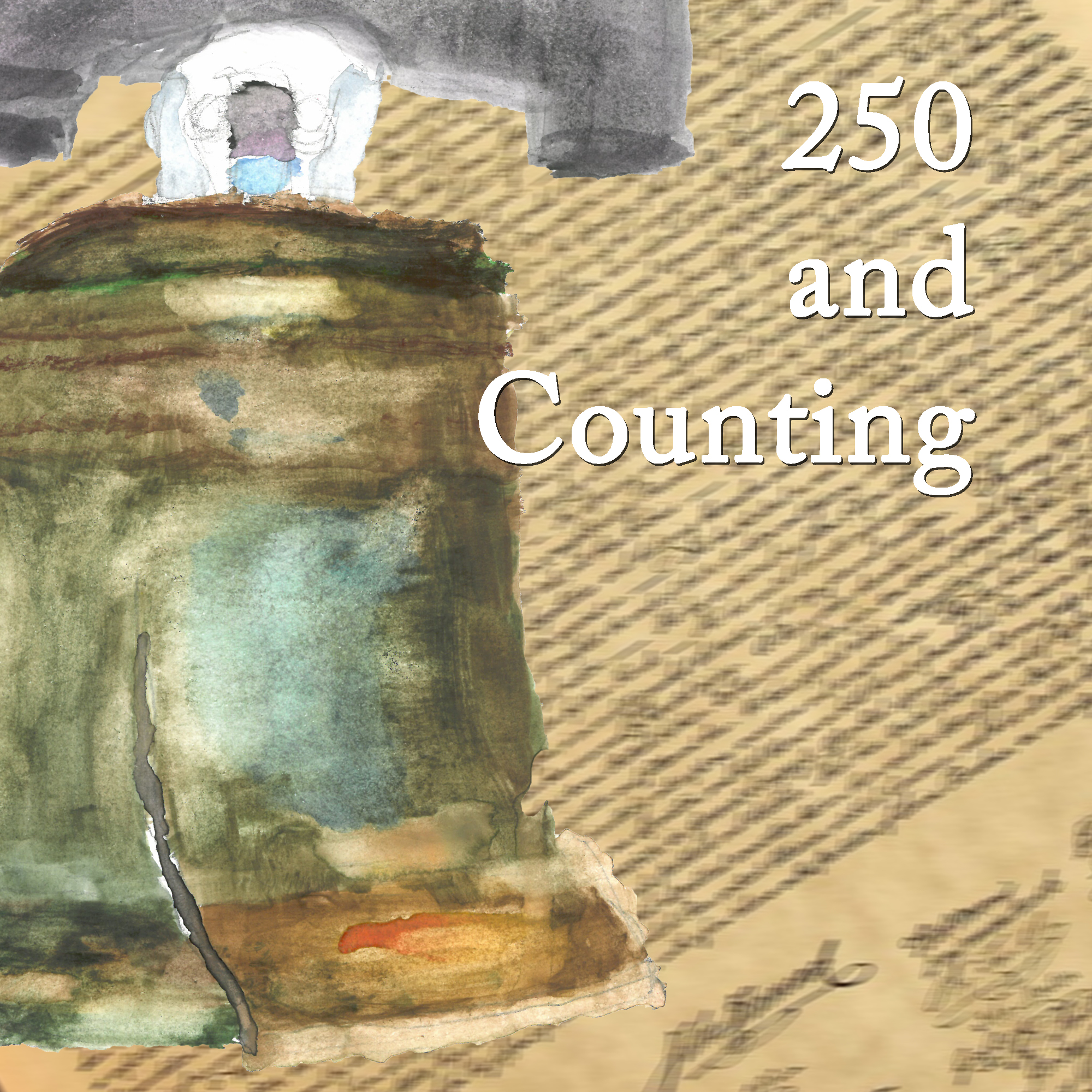

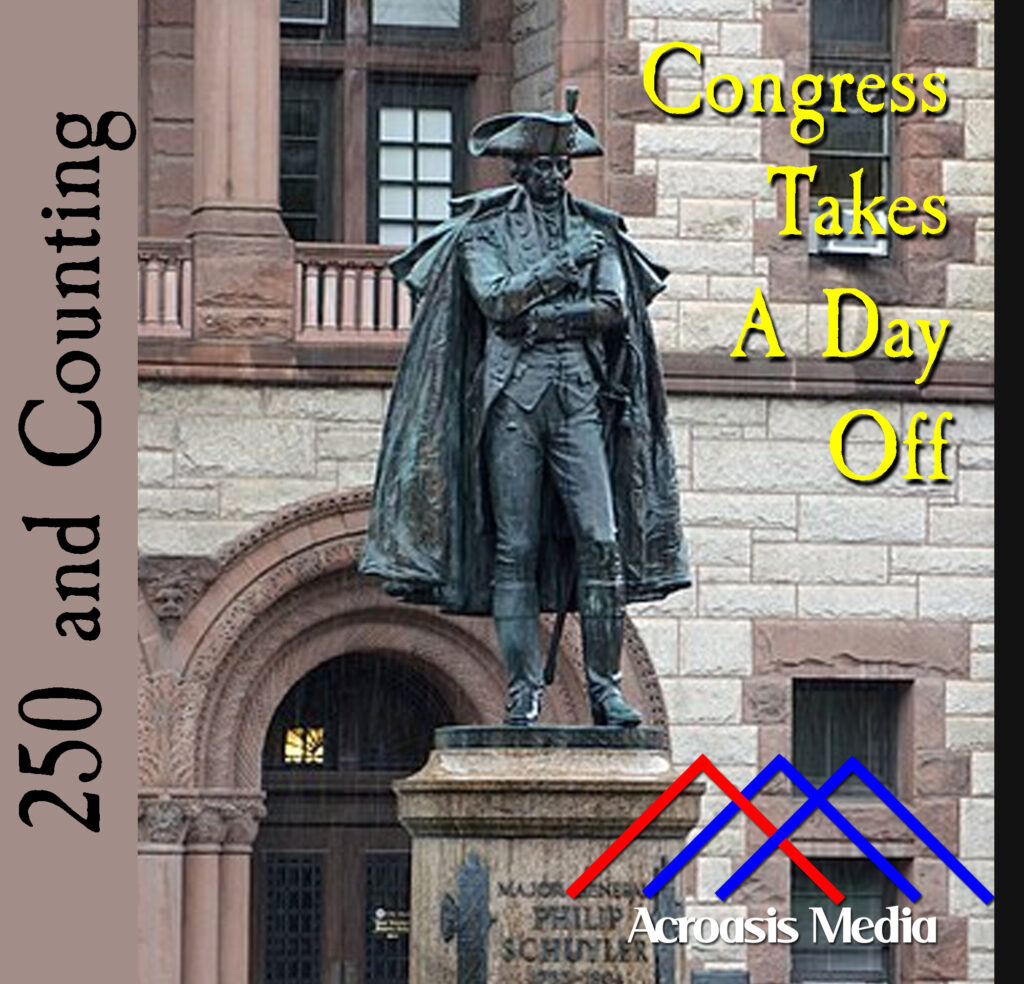



![Cover art for October 6, 1775: Seal of the Commonwealth of Massachusetts. Basic design adopted by Governor John Hancock and the Council on December 13, 1780 [1], present design adopted in 1901, rendered by E.H. Garrett](https://250andcounting.com/wp-content/uploads/2025/10/1775-10-06-cover-1024x984.jpg)
